Oh, gosh. I’m getting so stuck in a rut – I love these kinds of cakes or cobblers, or crisps. This one’s actually just a “cake” but it has some of the rhubarb stalks embedded in the top and the cake fluffs up around them a bit. Absolutely delicious.
Not everyone is a fan of rhubarb. I am. My mother used to make stewed rhubarb frequently (she grew it in the backyard of the home where I grew up) as my mom and dad were big fans of rhubarb. Sometimes my mom would make a rhubarb pie (no strawberries, just the straight fruit), which was also really good. I have several rhubarb recipes here on my blog: Rhubarb Crisp, Strawberry Rhubarb Cobbler, a Rhubarb Upside-Down Cake, and Fern’s Rhubarb Cake. All stellar recipes, and this one is now added to the list. It’s a good one. A really good one. It might be my favorite to date.
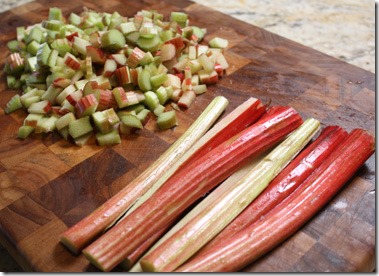 What intrigued me about the recipe (from Bon Appetit, in 2015) was the ribs of rhubarb that decorate the top of the cake. How different, I thought. And, yes, it IS different in that aspect. Some of the stalks become the decoration and all the rest of the rhubarb (more than half of it) gets chopped up to mix into the cake batter. But there’s also a couple of other different things about this recipe – there’s ground almonds mixed into the batter (and I’m embarrassed to say that I forgot that step but it seemed to make no-never-mind to the result!) – and you dust the greased springform pan with sugar, which gives the outside edges a lovely, sweet crust/crunch. I just loved that part of this.
What intrigued me about the recipe (from Bon Appetit, in 2015) was the ribs of rhubarb that decorate the top of the cake. How different, I thought. And, yes, it IS different in that aspect. Some of the stalks become the decoration and all the rest of the rhubarb (more than half of it) gets chopped up to mix into the cake batter. But there’s also a couple of other different things about this recipe – there’s ground almonds mixed into the batter (and I’m embarrassed to say that I forgot that step but it seemed to make no-never-mind to the result!) – and you dust the greased springform pan with sugar, which gives the outside edges a lovely, sweet crust/crunch. I just loved that part of this.
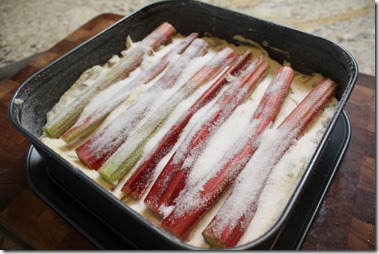 Not having weighed the rhubarb, I just guessed I had a little over a pound, so I was generous with the sugar I sprinkled on the top, just before it popped into the oven. The cake batter is relatively standard, though it has some yogurt in it, and you do need to whip the butter and sugar mixture for a looooooong time (thank goodness for stand mixers). The chopped up rhubarb is stirred into the batter just before pouring it into the greased and sugared baking pan. DO grease the pan – even a nonstick – because you want the sugar to stick to the sides. The long stalks are then placed on top (don’t push them in – not necessary – as the cake will rise around them a little bit, the sugar sprinkled on top and into the oven it goes. The recipe indicates 70-80 minutes.
Not having weighed the rhubarb, I just guessed I had a little over a pound, so I was generous with the sugar I sprinkled on the top, just before it popped into the oven. The cake batter is relatively standard, though it has some yogurt in it, and you do need to whip the butter and sugar mixture for a looooooong time (thank goodness for stand mixers). The chopped up rhubarb is stirred into the batter just before pouring it into the greased and sugared baking pan. DO grease the pan – even a nonstick – because you want the sugar to stick to the sides. The long stalks are then placed on top (don’t push them in – not necessary – as the cake will rise around them a little bit, the sugar sprinkled on top and into the oven it goes. The recipe indicates 70-80 minutes. 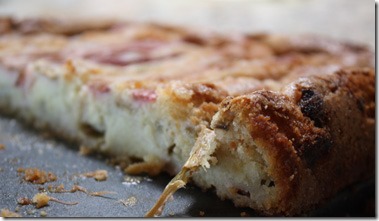 Mine took 80, and I took it out when the interior reached 205°F on an instant read thermometer.
Mine took 80, and I took it out when the interior reached 205°F on an instant read thermometer.
Because of my error in forgetting the ground almonds, I whipped cream and added almond extract to it. In any case, the cake was nicely cooked through (though moist). My friends Sue and Lynn were visiting from Colorado and I served it after dinner one night (3 servings) and took the remaining to a dinner party another night with ample to serve 5 people. With some left over. The 2nd time I served it with vanilla ice cream. Sue’s the author of the Fern’s Rhubarb Cake already on my blog.
What’s GOOD: loved the flavor, texture, the crunchy sugar on the outside edges (if you have one of those crazy, weird cake pans that gives you outside edges on two sides, this would be perfect for that pan). Since I love rhubarb, it was a no-brainer that I’d likely enjoy this. I thought it was a LOVELY cake, and ever so pretty besides. I’d definitely make this again.
What’s NOT: nothing, really. Only thing I could mention is that when you serve it, do bring knives to the table because you can’t cut through the top rhubarb stalk very easily with a fork. If you try and don’t succeed cutting it, your bite will include the entire stalk of rhubarb on your bite.
printer-friendly PDF and MasterCook 15/16 file (click link to open recipe)
Rhubarb-Almond Cake
Recipe By: Bon Appetit, April, 2015
Serving Size: 9-10
1 cup unsalted butter — room temperature, plus more for greasing the pan
3/4 cup sugar — plus more for pan
1 pound rhubarb — trimmed
1 1/4 cups all-purpose flour
3/4 cup blanched almonds
1 teaspoon baking powder
3/4 teaspoon kosher salt
1 teaspoon vanilla extract
2 large eggs
1/4 cup Greek yogurt, full-fat — or sour cream
3 tablespoons sugar — for sprinkling on top
Whipped cream or vanilla ice cream for serving
NOTE: It might feel like you’re beating the batter for a long time, but that’s what gives this cake an airy lift. Stay with it! One 11×8″ tart pan or a 9″-diameter springform pan is needed. [I used a 9″ square springform pan and you’ll have at least 9-12 servings.]
1. Preheat oven to 350°. Butter pan and sprinkle with sugar, tapping out excess. Slice about 8-10 stalks to fit inside your preferred pan shape. Don’t use extra-large stalks for the decorative top, but do use the redder ones as they’re especially attractive on the finished cake. Chop remaining rhubarb into 1/2″ pieces. Pulse flour, almonds, baking powder, and salt in a food processor until almonds are finely ground (texture should be sandy).
2. Place butter and sugar in bowl of a stand mixer, preferably. Add vanilla extract. Beat on high speed, until light and fluffy, about 4 minutes. Add eggs, one at a time, beating to blend first egg before adding second. Beat until mixture is pale and fluffy, about 4 minutes. (So a total of 8+ minutes.)
3. Reduce speed to low and gradually add dry ingredients, followed by yogurt. Beat, scraping down the sides of bowl as needed, just to combine (batter will be thick). Fold in chopped rhubarb and scrape batter into prepared pan. Smooth batter and arrange reserved rhubarb over top; sprinkle with remaining 3 tablespoons sugar.
4. Place pan on a large rimmed baking sheet (to catch any rogue juices) and bake, rotating once, until cake is golden brown and rhubarb on top is soft and beginning to brown, 70–80 minutes. Test the internal temp in the center of the pan, toward the end of the baking time and remove when it reaches 205°F. Transfer to a wire rack and let cake cool before removing from pan.
5. Do ahead: Cake can be baked 3 days ahead. Keep tightly wrapped at room temperature. Serve with whipped cream (possibly flavored with almond extract) or vanilla ice cream. Serve with knives to cut through the top rhubarb stalks.
Per Serving: 429 Calories; 29g Fat (58.8% calories from fat); 6g Protein; 39g Carbohydrate; 2g Dietary Fiber; 105mg Cholesterol; 236mg Sodium.





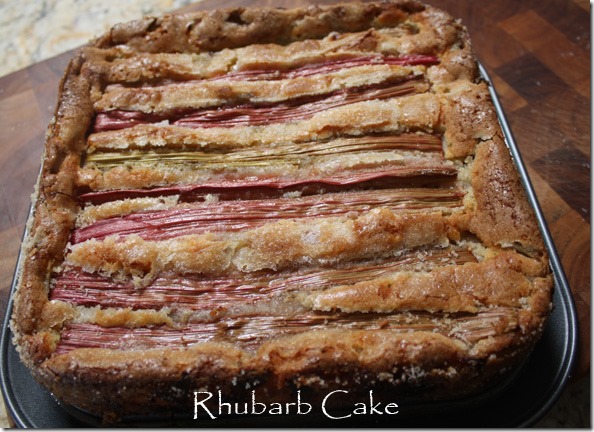


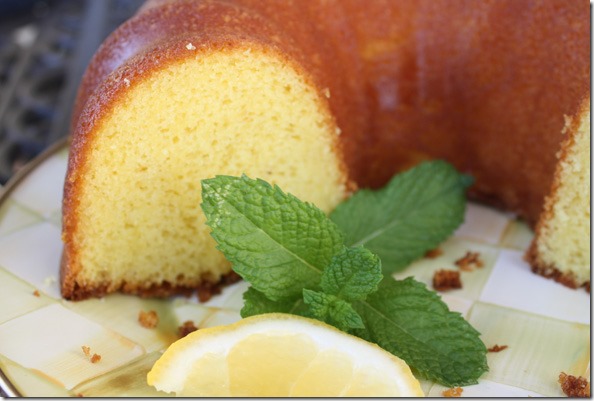
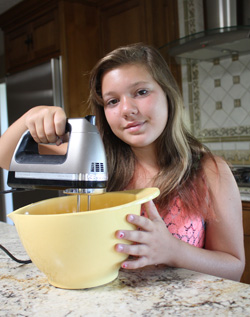
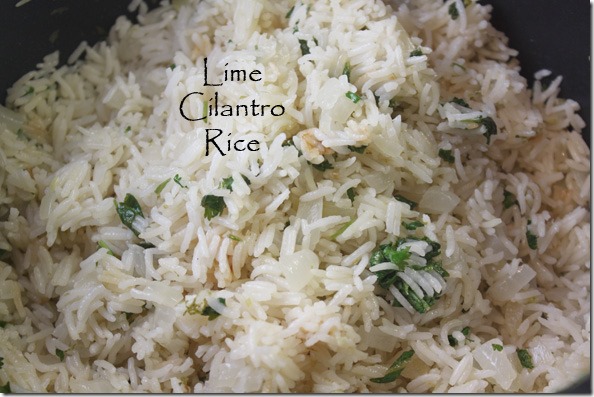
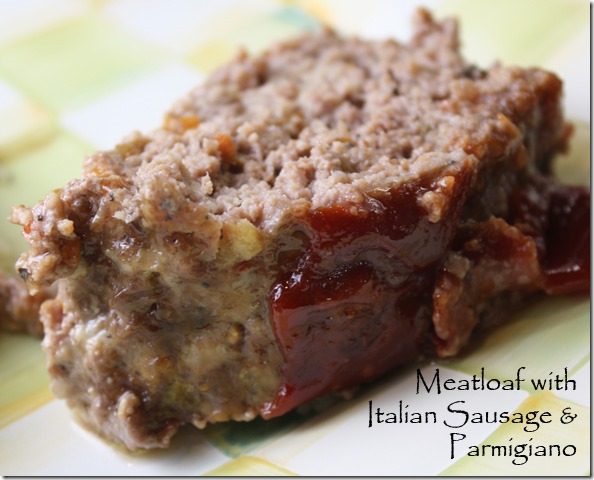
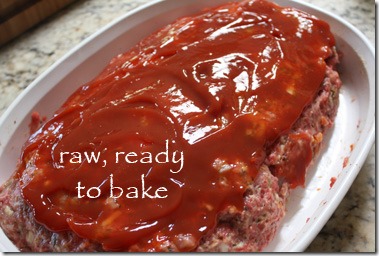
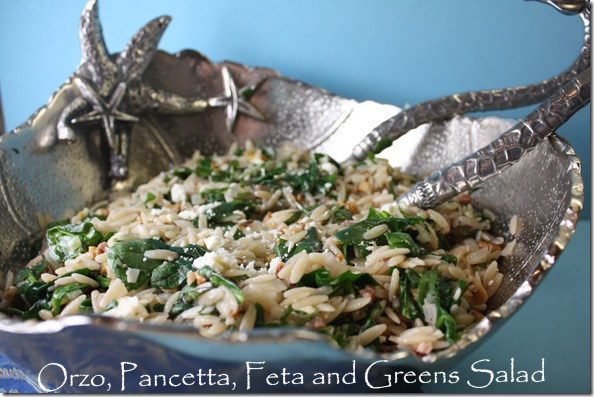
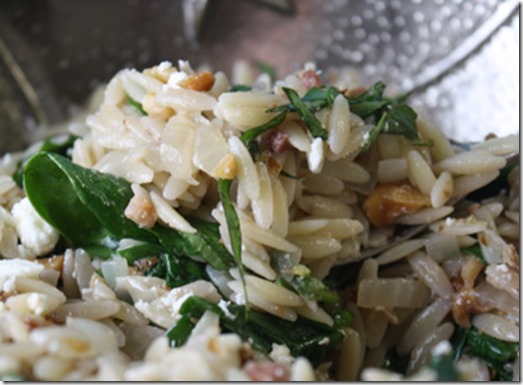
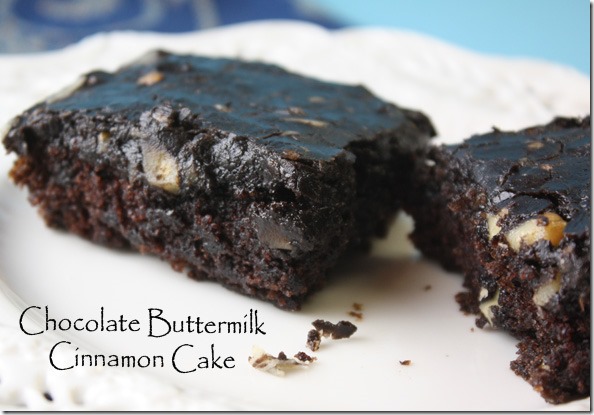
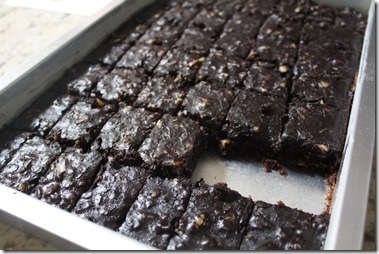
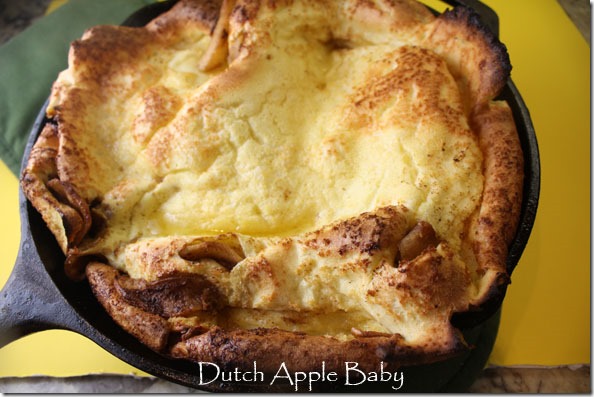
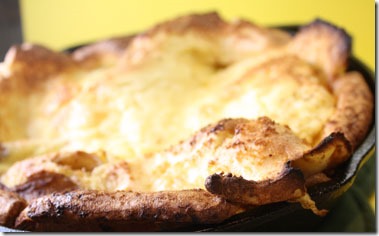
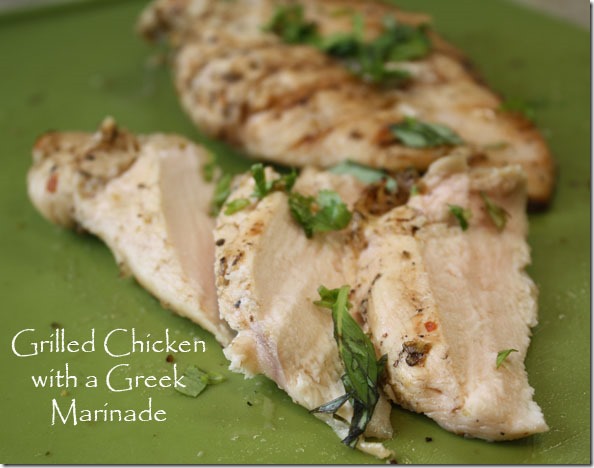
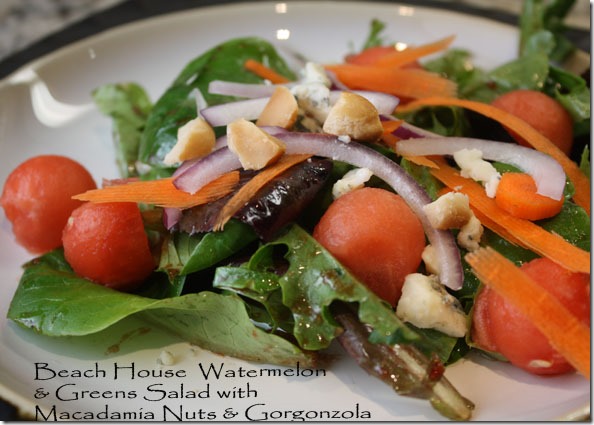
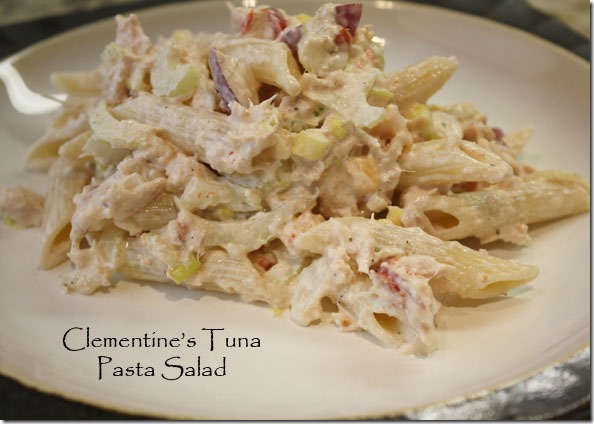
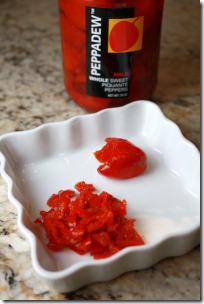
Leave a Comment!